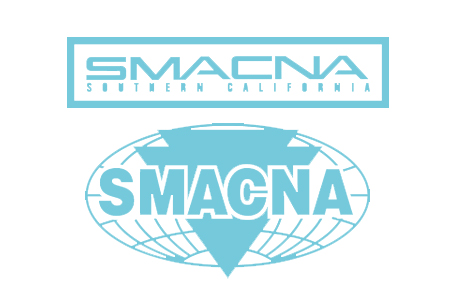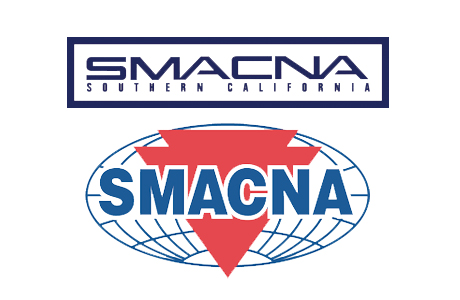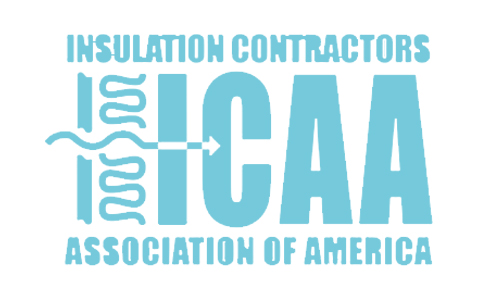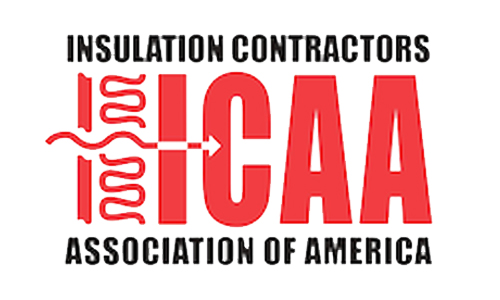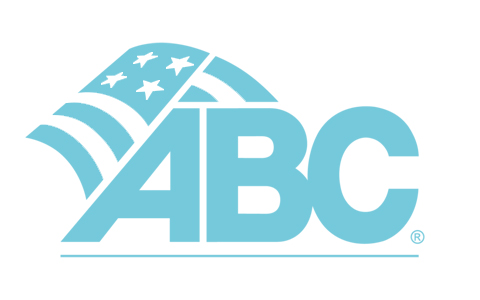What exactly does a Release of Mechanic’s Lien release? Does it release just the Mechanic’s Lien on file with the County Recorder or the entire right to file a Mechanic’s Lien in relation to the project? This issue has plagued construction practitioners for years. Fortunately, a recent case has resulted in a practical answer which is workable for all concerned parties.
In the recent case of Solit v Tokai Bank, (1-7-99) 81 Cal.Rptr.2d 243, the court held that a Release of Mechanic’s Lien only extinguished the referenced Mechanic’s Lien and not the entire right to lien the project. This case involved the construction of the Santa Monica Beach Hotel owned by the Steins and financed by Tokai Bank. A dispute arose between the Steins and the project construction manager, Mark Solit. The first Mechanic’s Lien was recorded by Mr. Solit on March 7, 1990; however, no action to foreclose the Mechanic’s Lien was brought within the 90 day statutory period and thus the lien became void and unenforceable.
In August, 1990, the Steins’ attorney demanded that Mr. Solit release his lien voluntarily or be subject to a petition under Civil Code section 3154 ordering the release of the lien. After the demand, Mr. Solit voluntarily executed a Release of Mechanic’s Lien referencing the March 7, 1990 lien, but subsequently recorded a second Mechanic’s Lien on October 22, 1990.
An action was filed between the Steins, Tokai and Solit. In the action, Solit sought to enforce his lien of October 22, 1990 (although there was some confusion in the complaint which made it appear that Solit was attempting to foreclose on the March 7, 1990 lien). The trial Court ruled that as a matter of law “Solit’s release of the March 7, 1990 lien extinguished all of Solit’s lien rights against the property, thus making any subsequent liens, including the October 22, 1990 lien unenforceable.” Based on this ruling, the Court dismissed Solit’s complaint to foreclose the Mechanic’s Lien, and Solit appealed this decision.
The Appellate Court concluded that Solit’s voluntary release of the stale lien affected only the recorded lien and not his right to record a subsequent lien. The right to record a lien, for the same work and materials released in the original lien, is still limited by the time constraints which control the recording of any lien. The Court balanced the rights of owners verses those of contractors in making its decision. The Court commented that in allowing a Release of Mechanic’s Lien to only release the particular recorded lien, and not the constitutional lien rights of the contractor, provided a fair balance between claimants and owners. To hold otherwise the Court noted, would unfairly favor the owners in that they would receive a windfall if a contractor filed a lien early and was forced to release that lien or have it removed by the court upon the owner’s petition.
To explain why the Solit case was necessary and the confusion that previously existed in the construction industry, we have to look back at the case of Maris Management Corp. v. Assured Drywall & Textures, (1984) 152 Cal.App.3d 268. In that case, the court held that if a stale Mechanic’s Lien was released by the court after a petition brought by the owner, then not only was the recorded lien released, but also the claimant’s right to file a lien for that same work and materials was also released. Thus, the holding of the Maris court lead many practitioners to believe that if a contractor had its lien released through a petition of the owner and/or voluntarily recorded a release of lien, then it was releasing all right to a lien for that project. The Court in Solit addressed the Maris decision and concluded that it was wrongly decided. Upon reconsidering this important issue the Court held that a release of a particular lien is simply just that, a release of that lien.
This decision is important for all contractors as it provides clear guidance regarding the use of Release of Mechanic’s Lien forms. The Solit decision allows the early contractor some time to negotiate with the owner after the lien is filed, and if the statutory time period for filing of a new lien is still open, the original lien may be allowed to lapse or be released without waiving the right to lien the project. The Solit case provides a greater opportunity for negotiation and settlement rather than forcing early litigation on a project. Based on the Solit case, to release or not to release is an easier questions to answer and is now based solely on the statutory time frames which have always governed the Mechanic’s Lien rights.
This article is intended to provide the reader with general information regarding current legal issues. It is not to be construed as specific legal advice or as a substitute for the need to seek competent legal advice on specific legal matters.





